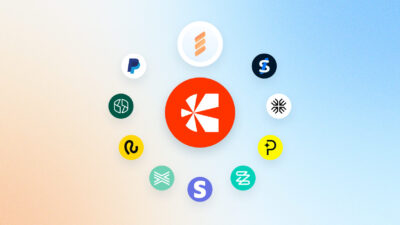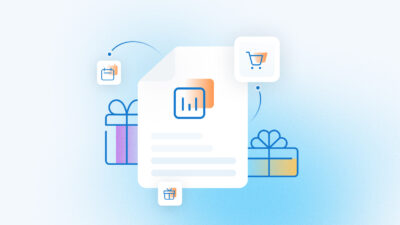You know you need SaaS pricing advice when you start asking “… but what should we charge?”
Don’t worry — every startup looks for SaaS pricing advice in the weeks leading up to their product launch. There are millions of answers, good and bad, but what is right for your business, your product, and, most importantly, your customers?
Over the last decade, my founders and I have worked with many different businesses to help them price their products. We think we’ve done a pretty good job at pricing, and we’re happy to share SaaS pricing advice that has anchored our approach to pricing.
1 – Keep It Simple
Especially in the beginning.
In the weeks leading up to launch, you have a lot to figure out. If you’re defining a new segment or even a new market, you have a ton of educating to do.
Complicated pricing often creates friction between you and prospects.
If it feels like ordering a gourmet burger, it’s too complicated.
Prospects need to understand the cost to them so they can easily compare that cost to the pain point it solves. If they don’t know what it will cost them, it’ll be hard for them to make that purchase decision, drawing out your time to close.
2 – Don’t Give It Away
If you have a product, you’ve decided that it’s worth something. If you don’t believe in the product, your prospects won’t.
There’s not much else to say.
3 – Don’t Overthink It
Pricing will evolve over time and be updated as you experiment with your users. Your pricing today will change as you learn about your market and seek out product-market fit.
Be honest about where you are in the lifecycle of your business – you’re not Salesforce, so your pricing doesn’t need to look like it. Your pricing needs to be straightforward and your team needs to be able to understand it so they can help you identify any shortcomings and propose fixes.
4 – Map Your Tiers to Your Users
To do this right, you need to understand your users. REALLY understand them and how they interact with your product, the problem it solves for them, and how it fits into their day.
This will be different for different groups of users, so cluster those users together and identify the critical features for their use cases. Once you know those critical features, you can use those features to build different pricing tiers.
5 – Always Leave the Door Open to Custom
There will always be exceptions. Don’t try to anticipate all of them up front, because you can’t.
Build in that custom tier early, it will allow your users to come forward to different use cases that you haven’t even thought of. By leaving the door open to those conversations, you’ll be able to stay flexible and approachable in your users’ mind.
There are many ways to approach pricing, after working through this process with different companies in different industries, we’ve found that these five considerations are the ones that continue to be relevant.
Wrapping Up Our SaaS Pricing Advice
It’s important to keep it simple, especially in the early days, and be sure that you don’t just give away your product. As you grow, different opportunities will come up that will naturally lead to different pricing approaches. It’s important not to overthink your approach to pricing, and make sure that you understand your users.
Finally, always leave the door open to custom pricing. Your users may see use cases that you can’t see yourself. By letting your prospects contact you and talk through their ideas, you may uncover a new market, new opportunity, or even a new perspective on pricing.
Custom pricing allows you to stay close to your users and prospects, and that’s why we built FastSpring Interactive Quotes. To help B2B SaaS sales professionals get as close to their prospects while they’re making their purchase decision as possible.
For custom SaaS pricing advice, click here to chat with us.









